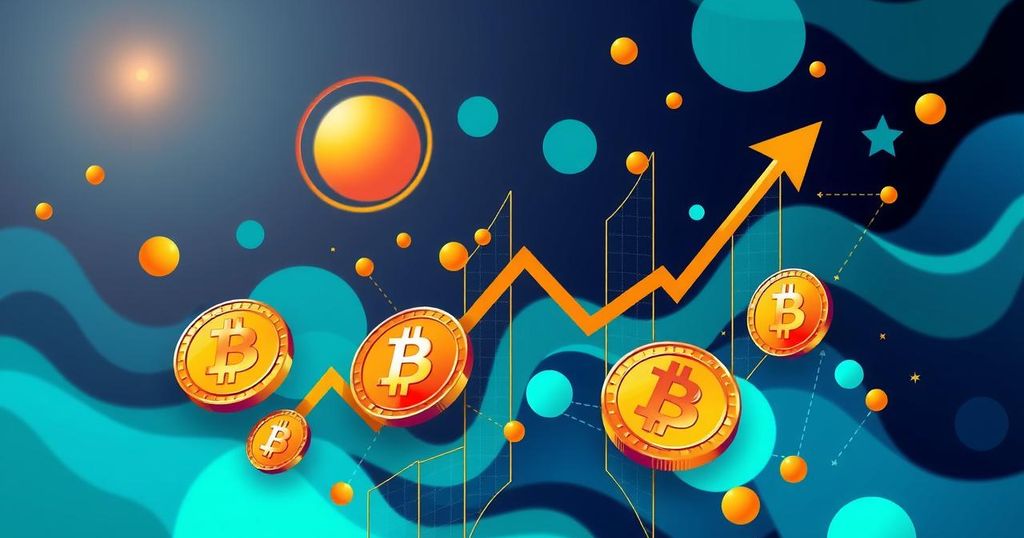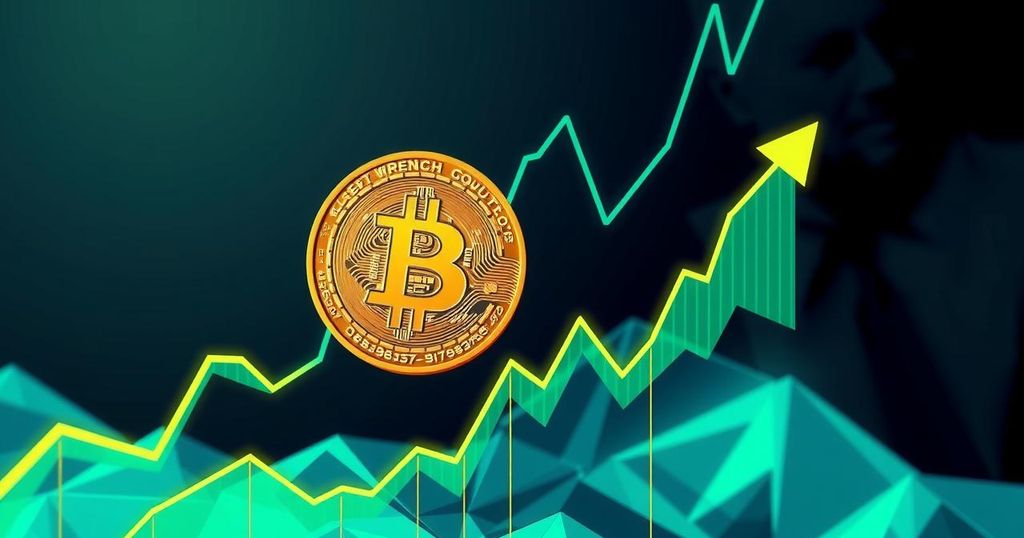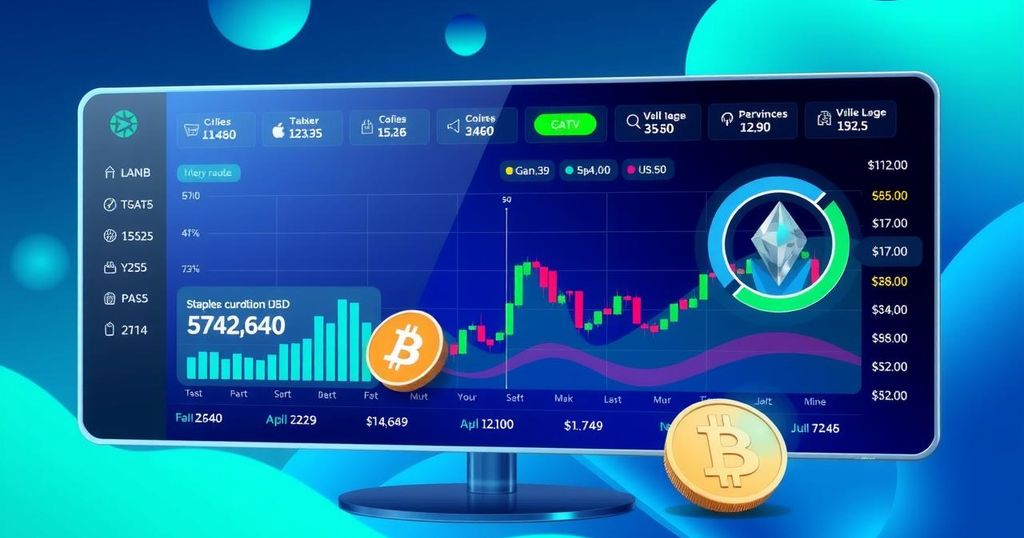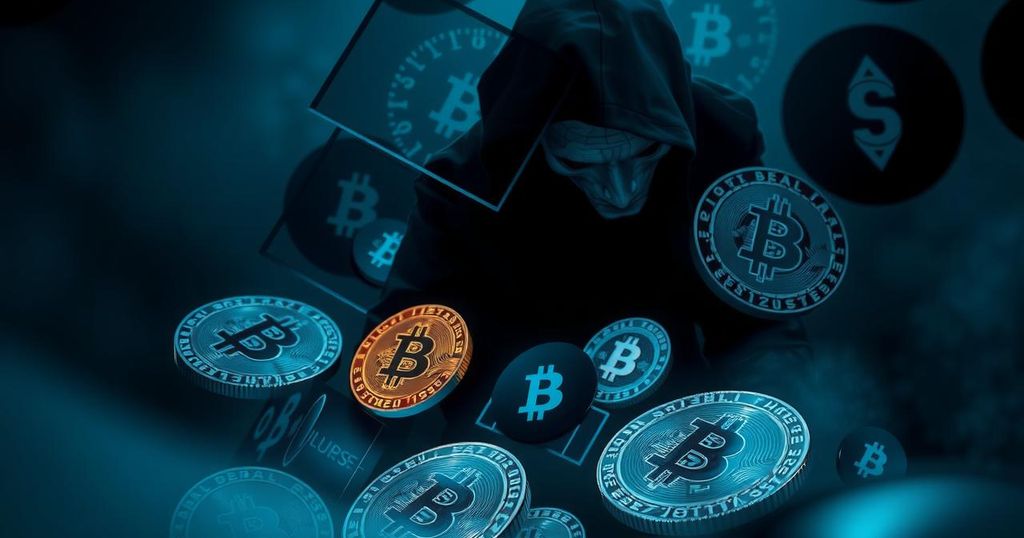Bitcoin Price Could Hit New All-Time Highs in May – Here’s Why
Bitcoin is nearing $95,000, boosted by positive government signals and strong ETF inflows. Despite bullish indicators, bearish momentum in derivatives raises concerns. While retail traders are cautious, institutional demand may drive Bitcoin past $100,000 soon.
Bitcoin’s price journey is catching the trading world’s attention, especially as the coin nears $95,000. Just between April 20 and April 26, it surged about 11%. This rally happened after signs from the Trump administration hinted at easing import tariffs, along with promising earnings forecasts from top corporations. Traders are feeling bold again, but some are treading lightly. Why the caution? Well, it seems like signs of bearish momentum are creeping in, making that $100,000 dream a bit wobbly.
Added to this mix, a whopping $3.1 billion flowed into spot Bitcoin ETFs recently, which is no small feat. However, there’s a catch—one critical indicator in Bitcoin derivatives is showing a bearish trend, putting a cloud over the optimism. Retail traders are notably keener on perpetual futures contracts, where prices dance close to the actual Bitcoin market. If the funding rate, which reflects the cost of keeping positions open, dips, it often points towards bearish territory.
On April 26, a surprising spike in negative funding rates surfaced, unusual for a bull market. This indicated that sellers were leaning into the market hard. The sell-off caught many by surprise as Bitcoin danced past that $94,000 mark. To put things in perspective, over $450 million worth of Bitcoin short positions have vanished since the 21st.
Now, let’s talk about the S&P 500. It managed a commendable weekly gain of 7.1%. But caution kicked in when President Trump stated that any negotiations with China hinge on their willingness to concede. This statement made some traders scratch their heads about whether recent gains in Bitcoin could last. Earnings reports being released now stem from before the trade war really exploded, showing that what propels stocks can be quite different from what’s driving Bitcoin.
Currently, the correlation between the S&P 500 and Bitcoin is wobbly at best, sitting at just 29%. It was hovering at 60% from March to mid-April. While this doesn’t mean Bitcoin is completely disconnected from stock market moods, it certainly shows that it’s carving out its unique space in the investment landscape.
A notable aspect of this independence is how gold has floundered after hitting a high of $3,500. Many had pressed pause on the “digital gold” analogy, but as Bitcoin holds strong above $90,000, confidence seems to be rekindling. This could lay the groundwork for more significant future gains.
Interestingly, the demand for bearish leverage in perpetual futures contrasts sharply with how professional traders are thinking. You see, Bitcoin’s monthly futures contracts offer quite a different picture; they smooth out those erratic funding rates, allowing for clearer leverage costs. On April 26, the premium on two-month Bitcoin futures climbed to its highest in seven weeks, hinting at a rise in interest for bullish movements. Still, it remains in neutral territory.
The divergence in leverage demand between perpetual futures and monthly contracts is pretty common. Even if retail traders are hesitant, massive accumulation from institutional players could just be the push needed to send Bitcoin flying past that elusive $100,000 mark soon.
Please remember, this article serves as a general overview and isn’t meant as investment or legal advice. The perspectives shared reflect the author’s viewpoint and not necessarily those of Cointelegraph.
In summary, Bitcoin’s recent gains, spurred by factors like government signals and positive corporate earnings, demonstrate its resilience as it approaches $95,000. However, mixed signals in derivatives indicate that some caution remains in the market. While retail traders show restraint, institutional demand could help lift Bitcoin above $100,000, marking an intriguing chapter in its evolution as an independent asset.
Original Source: cointelegraph.com




Post Comment